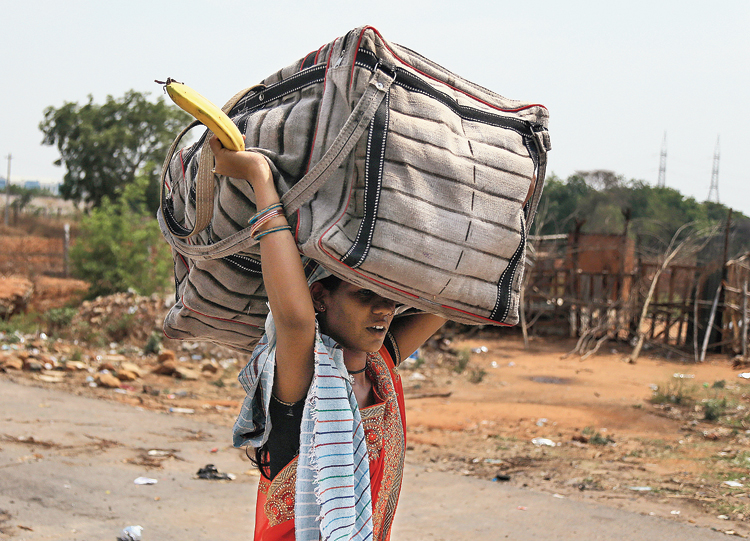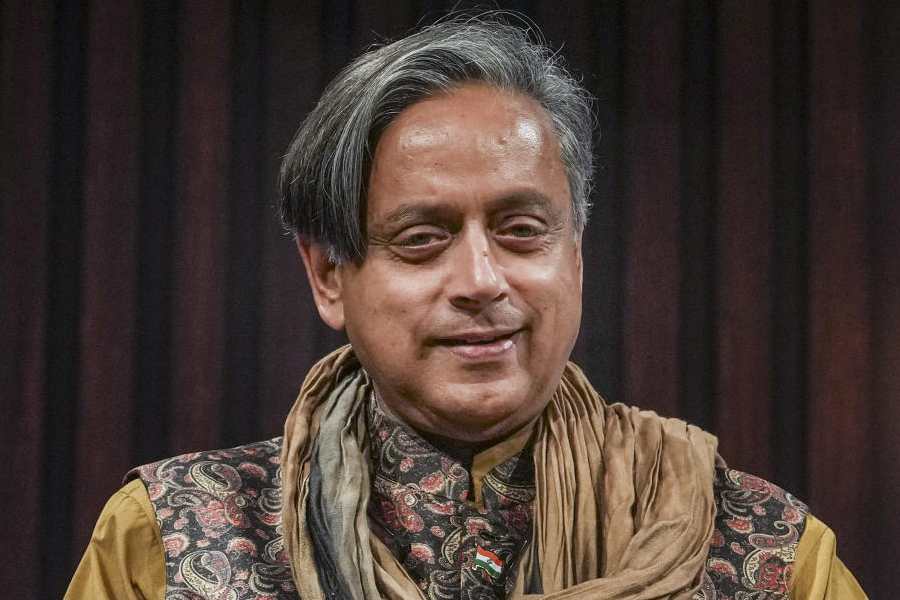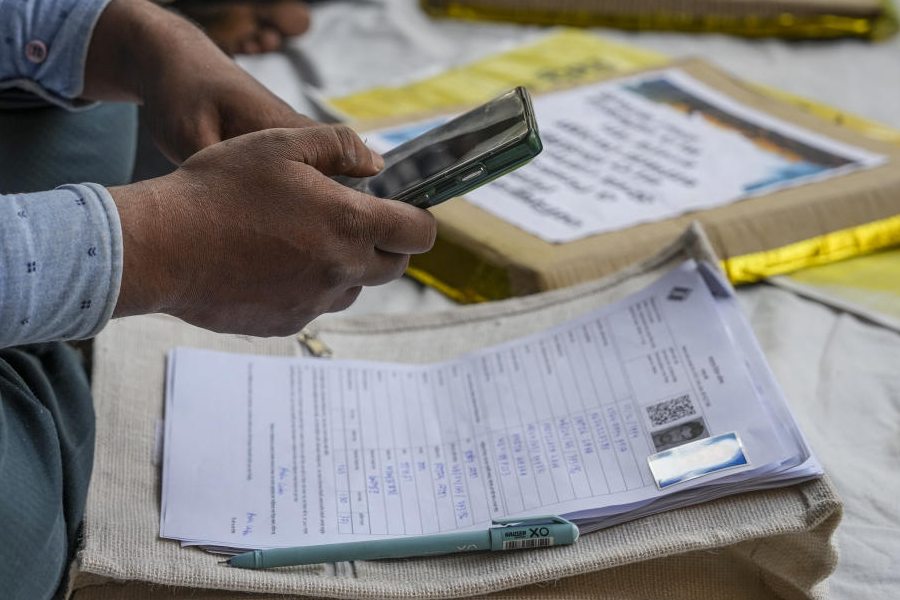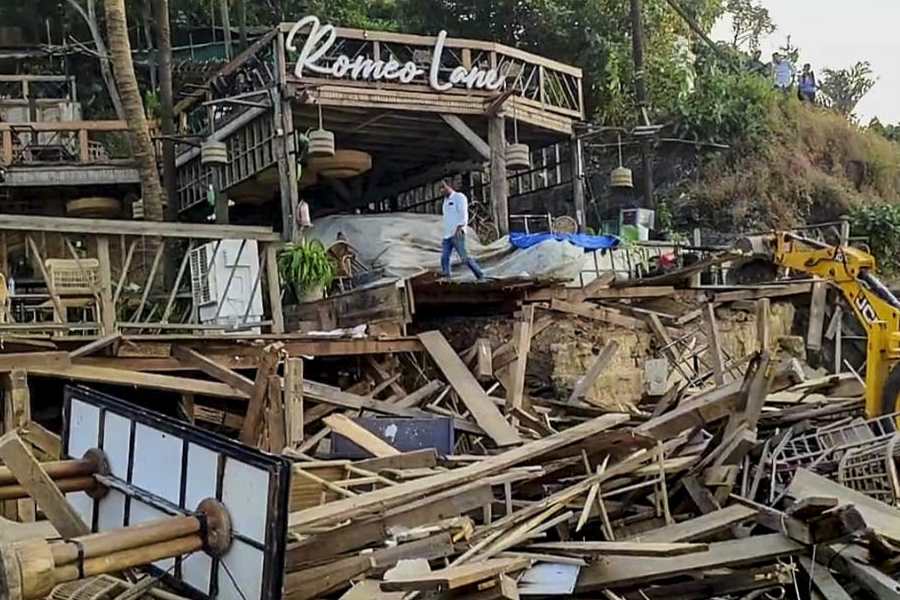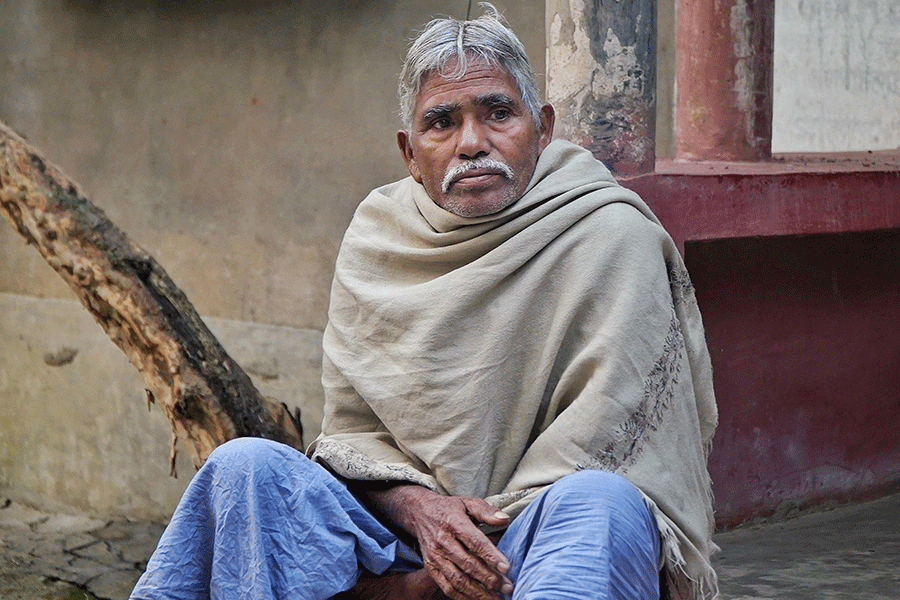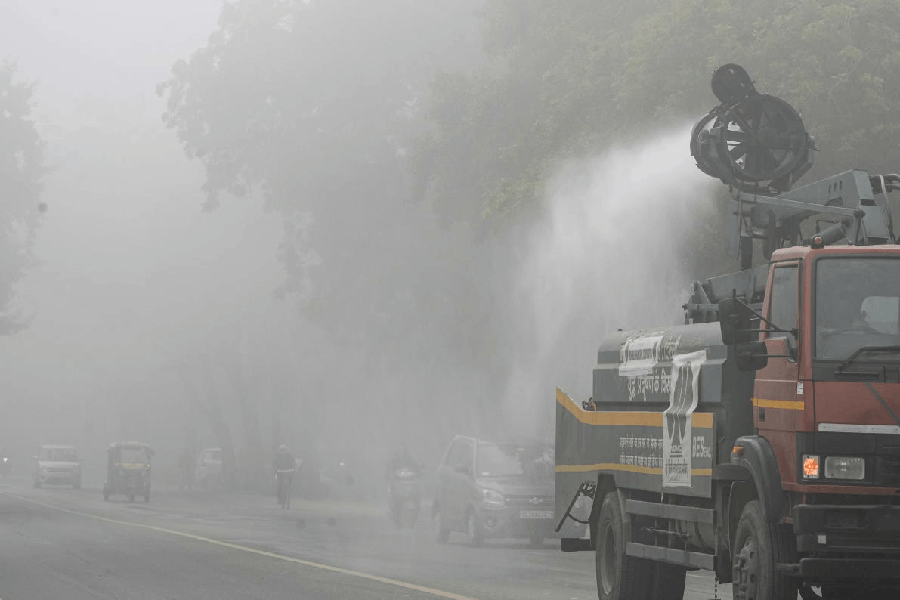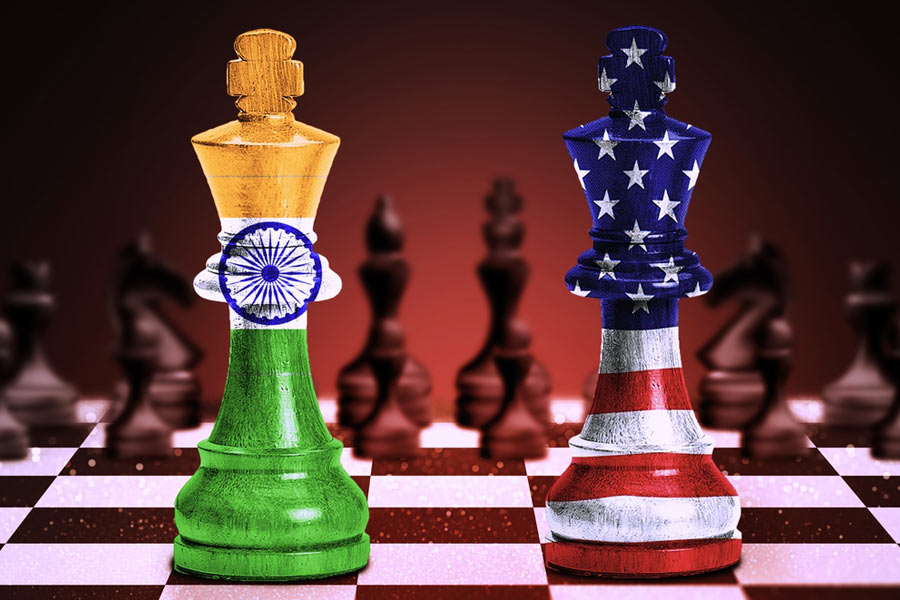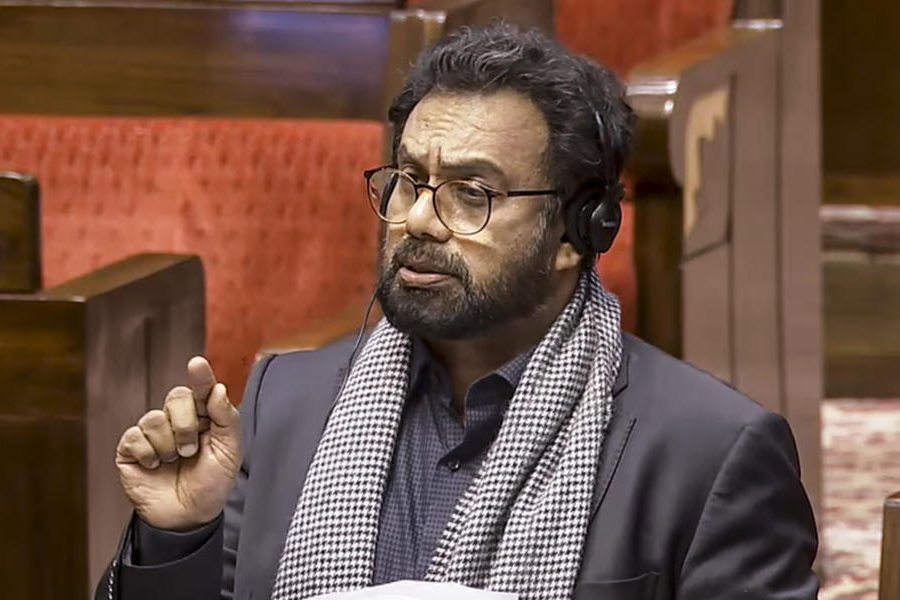We have four sets of numbers for the Covid-19 epidemic in India: the total tested; those found positive; the recovered; and finally deaths.
Since the vast majority will recover, recovery figures are redundant. The most useful and unequivocal number is that of deaths from Covid-19. By April 12, a total of 531 deaths had been recorded. The number of deaths allows further interpretations.
By April 12, India had tested 194,032 people and detected 9,157 (4.7 per cent) infections. The rate is low; if testing is efficient, should it not be much higher?
We do not know how many among the 194,032 were tested for public health purpose on the basis of travel or contact history (mostly asymptomatic) and how many for laboratory confirmation of clinical Covid-19 diagnosis.
That invites the question: who were getting tested? Kerala, sensitised by the successful encounter with the Nipah virus in 2018, started testing on January 30 even before guidance had emerged from the World Health Organisation or the Indian government.
Medical students returning from Wuhan, China, were taken from the airport to quarantine. Three students tested positive in the first week of February but no contact was infected — the quarantine and infection control were perfect, a model that other states and the Centre began to emulate.
The objective was to prevent the imported infections from causing secondary spread. Unfortunately, the pitch was queered by the late red-flagging of western and West Asian countries, resulting in continued but undetected import of the infection.
The Indian Council of Medical Research had conducted a study testing 5,911 patients of severe pneumonia from intensive care units in 41 sites. A total of 104 (1.8 per cent) from 52 districts in 20 states and Union Territories tested positive for Covid-19, confirming that the infection had reached far and wide and that Covid pneumonia had started to appear but remained hidden among all other pneumonias.
Unless specifically tested, even severe Covid-19 cases will remain unsuspected, undetected.
So, neither the 194,032 who were tested, nor the 9,157 who tested positive, should be the basis for calculating the case fatality rate. Merely contracting the virus does not kill, only severe disease does.
Globally, 3 to 5 per cent of those with SARS-CoV-2 (novel coronavirus) infection eventually die. Accepting 4 per cent as appropriate for India, we can back-calculate the probable number of all SARS-CoV-2 infections: 531 x 25 = 13,275.
It takes about 3-4 weeks from infection for a Covid-19 patient to die. Therefore, these 13,275 would be those infected a month earlier, by March 12.
If the doubling time is taken conservatively as 7 days, there would have been four cycles of doubling by April 12: so the estimated number infected by that date would be 13,275 X16 = 212,400.
Among them, the death toll would eventually be 4 per cent or 8,496. The documented 531 deaths represent only 6.25 per cent of this estimate.
The documented number of infections on April 12 —9,157 — is only 4.3 per cent of 212,400. Our testing and death-reporting strategies are unable to reliably assess the infection burden or the expected number of deaths.
How complete are our death data? It cannot be 100 per cent complete. If we assume arbitrarily that only 30 per cent of cases are documented, the total infected could be an astounding 212,400 x 3.3 = 700,920. The death figure — 4 per cent of this number — would be 28,036.
Since India has no real-time, comprehensive public health surveillance, there is no reliable method to count the cases and deaths — and validate them — for any communicable disease.
Therefore we continue to grossly underestimate the numbers, without realising the flaw in the system.
During the lockdown, most of those infected have been confined within their families. When the lockdown is lifted, they and asymptomatically infected family members will accelerate the spread of the virus.
Therefore, the resumption of social contact must happen with everyone wearing a mask and practising hand hygiene.
Reviving the economy requires social reconnections, which will accelerate the spread of the virus. This is an unprecedented challenge for which we are novices.
The lockdown should be lifted only with “social mobilisation” in every district, its planning and implementation meticulously orchestrated by an administration-citizen partnership.
Dr T. Jacob John is retired professor of virology, Christian Medical College (CMC), Vellore. Dr M.S. Seshadri is retired professor of medicine, CMC, and now medical director, Thirumalai Mission Hospital, Ranipet.

